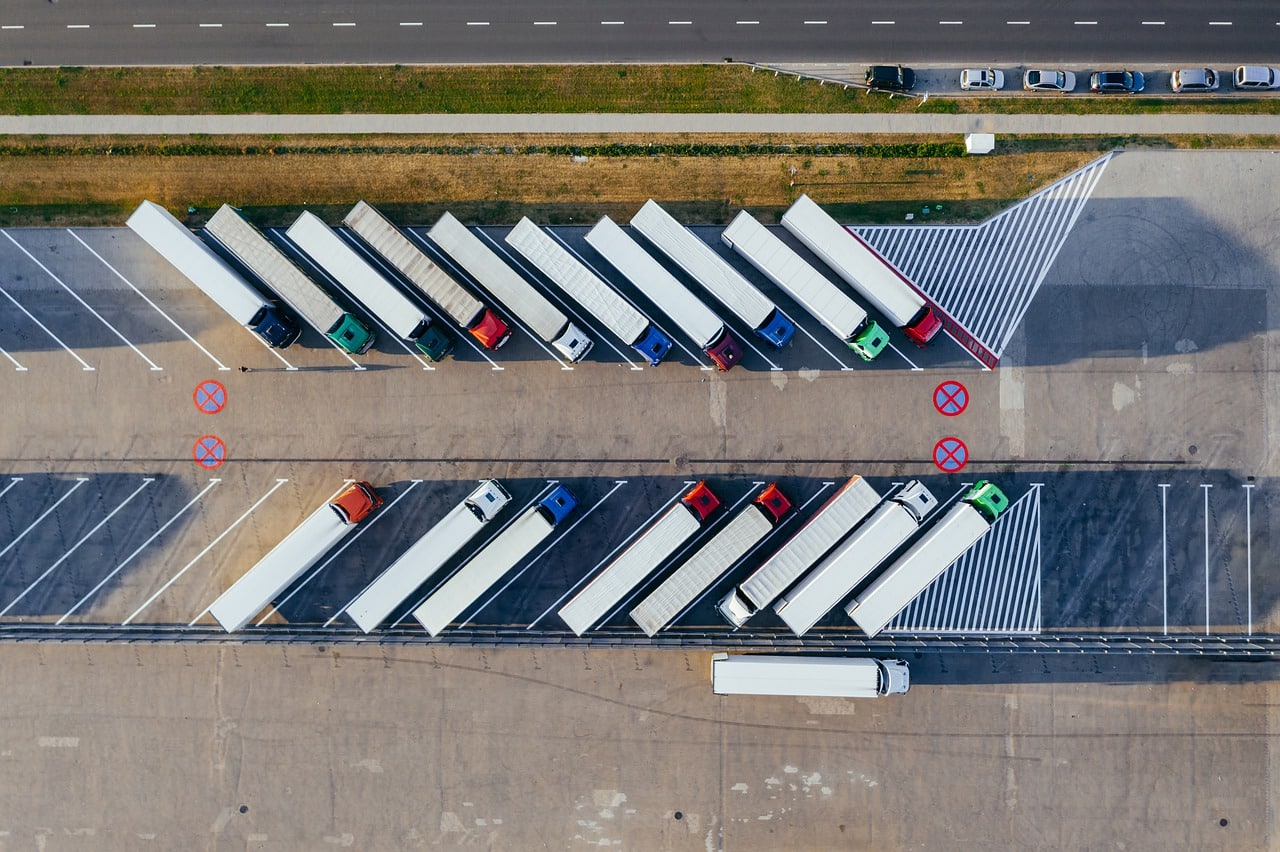Over half of the overhead networks and power stations are over 40 years old. The lack of modernization in the energy infrastructure translates to weak transmission capacities and hinders the development of green transport. Meanwhile, according to new regulations, by 2034, 90% of all new heavy vehicles registered in the EU should be emission-free. “Without adequate infrastructure, especially for long-distance transport, the green transformation in transportation will be difficult,” says Jan Buczek, president of the Association of International Road Transport Carriers in Poland.
“As a country, we are at the initial stage of green transformation in transportation. We lack the proper energy infrastructure that Europe has been talking about for over a dozen years. For the past few years, much has been said about the transformation of the energy transmission system, and today we repeat the same arguments that we do not have the proper transmission infrastructure,” emphasizes Jan Buczek in an interview with Newseria Biznes.
A study by the University of Wrocław, “National Power Grid Infrastructure – Threats and Challenges,” indicates that 54% of power stations and overhead lines, as well as one in five transformers and autotransformers, are over 40 years old. The poor condition of Polish networks causes problems in connecting new generation units. The ClientEarth Foundation calculated that in recent years, the number of refusals to connect new installations to the power grid in Poland has increased dramatically. Between 2015 and 2021, domestic grid operators issued over 6,000 connection refusals.
“We need to ask ourselves what has happened over the past eight years that I paid much more for energy, yet today I cannot charge an electric car in my backyard. Millions of Poles are in this situation. We would like to use clean transportation and use it widely, but we can’t because our state has not taken care of the energy sector or the transmission line infrastructure,” says the ZMPD president.
Despite the introduction of new regulations intended to help achieve climate neutrality in transportation, this will be difficult to accomplish. In April, the AFIR (Regulation for the Deployment of Alternative Fuels Infrastructure) regulation came into effect, concerning the development of alternative fuel infrastructure. It includes building a network of fast-charging stations for passenger and heavy vehicles along major EU transport corridors (the TEN-T network), as well as hydrogen refueling stations. By 2025, charging zones with a total power of at least 400 kW must be established every 60 km along the core TEN-T network, and by 2027 – at least 600 kW.
Currently, however, there are far too few charging stations – at the end of April 2024, there were 6,691 public charging points for electric vehicles (3,686 stations) in Poland. Nearly 30% of them were fast DC charging points, and 72% were slow AC charging points with a power of less than or equal to 22 kW.
“Even if we bought these wonderful electric cars, we wouldn’t get far because there is no energy infrastructure, nowhere to charge the car, and the car’s range is a maximum of 600 km. For Polish carriers who transport goods all over Europe, the real range needs to be 1,200–1,500 km. Then we can talk about agreeing to one day of downtime to charge the car after three days of operation,” explains Jan Buczek.
The number of electric vans and trucks in Poland at the end of April was just over 6,500. This is not much, especially in light of the new standards for heavy vehicles adopted by the EU Council. Consequently, the existing regulation on CO2 emission standards for heavy vehicles will be tightened and expanded. By 2040, 90% of all new heavy vehicles registered in the EU should be emission-free.
“If there are any new technological possibilities, they might increase the range by about 10 or maybe 15%, but we are not talking about a 300% increase. The refueling time for a vehicle at a regular gas station is 15 minutes, while charging such a vehicle takes several hours, provided we reach a charging station and there is no queue. If there is a queue, the waiting time can extend to several hours, and the vehicle and driver cannot afford to drive around looking for a station without a queue because they might not make it,” argues the ZMPD president.
Planned support programs could increase the share of low-emission vehicles. At the beginning of 2024, the National Fund for Environmental Protection and Water Management began consultations on programs to subsidize the purchase of electric trucks and the construction of charging networks.
According to PSPA forecasts in the “Polish EV Outlook” report, by 2030, a total of 40,500 electric trucks could be registered in Poland. To achieve this, subsidies must be accompanied by regulatory changes, including significant improvements in the connection procedures for ultra-fast charging stations to the power grid.
“Incentives alone, such as lowering the purchase price or creating a subsidy system to narrow the gap between today’s hydrocarbon-fueled cars and zero-emission electric cars, are not enough. We need a widespread charging infrastructure so that when a driver’s battery runs out, they can reach a charging station, recharge, and continue their journey. Such a possibility does not exist today, neither in Poland nor in the West,” emphasizes Jan Buczek.
